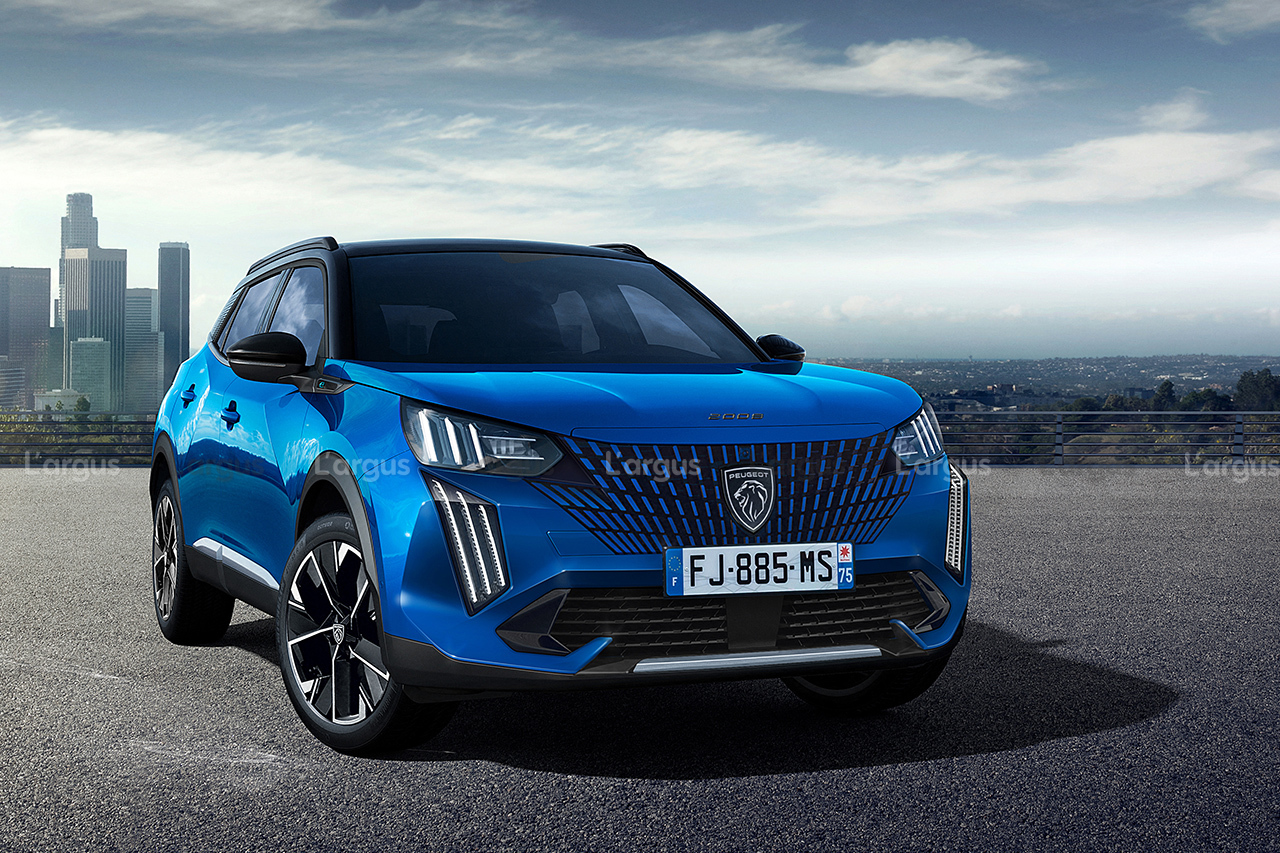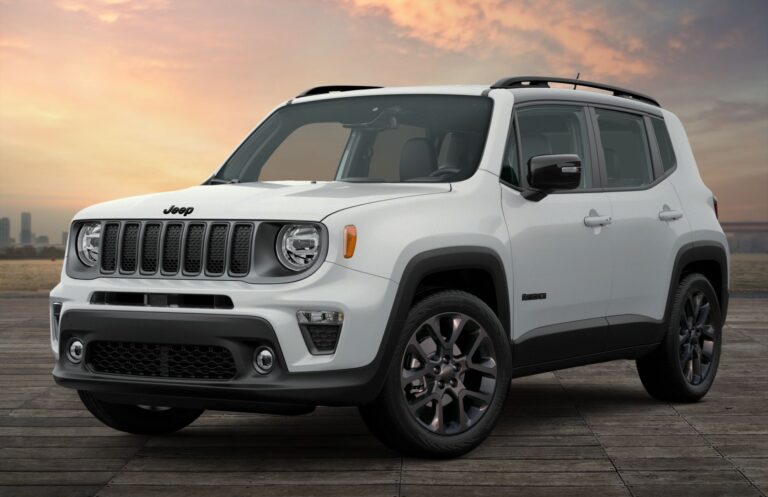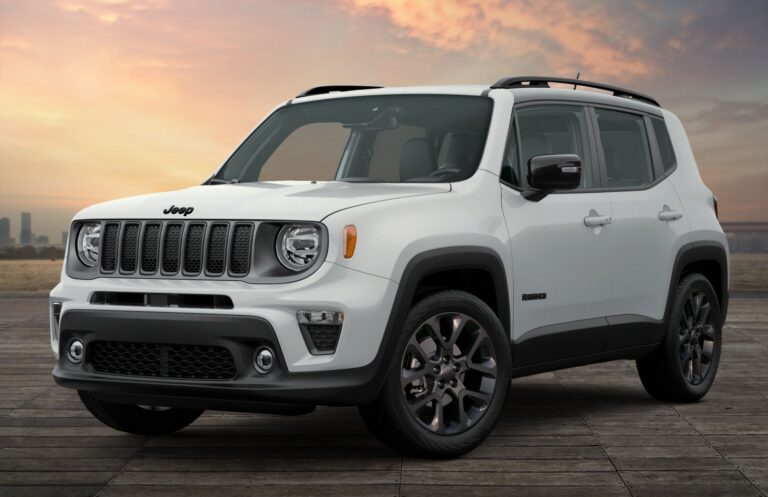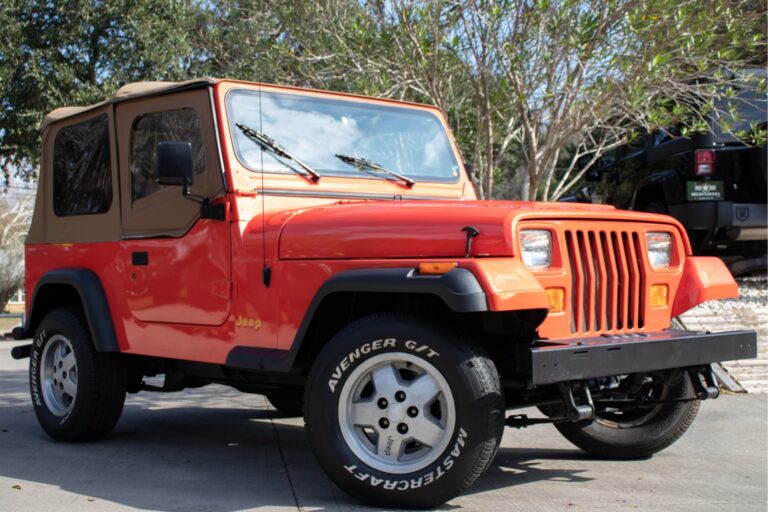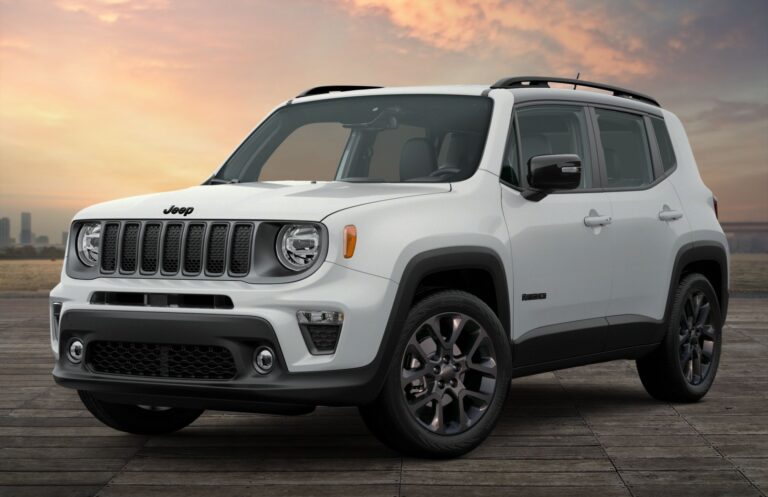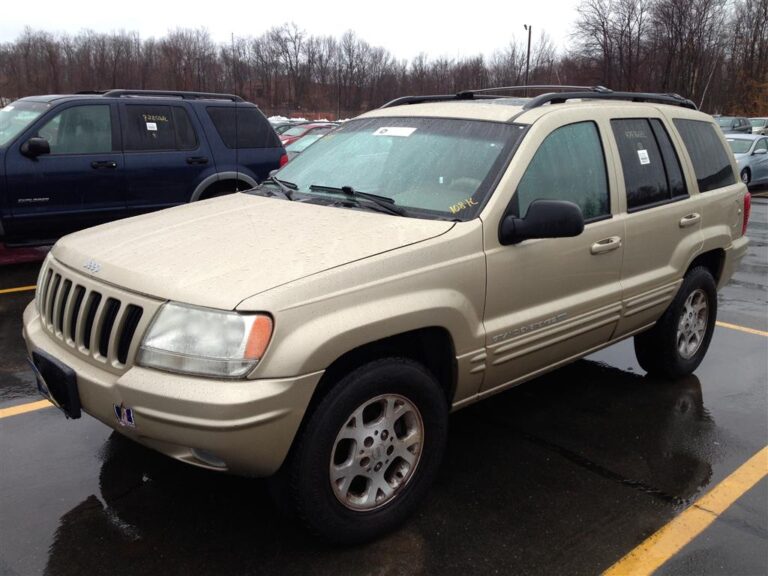Unleashing the Beast: The 2008 Jeep Grand Cherokee SRT8 and its Horsepower Legacy
Unleashing the Beast: The 2008 Jeep Grand Cherokee SRT8 and its Horsepower Legacy jeeps.truckstrend.com
The 2008 Jeep Grand Cherokee SRT8 stands as a testament to American automotive audacity, a high-performance SUV that redefined expectations for what a utility vehicle could be. Far from its rugged, off-road brethren, the SRT8 was engineered for the street, boasting a potent blend of luxury, practicality, and supercar-rivaling acceleration. At the heart of its appeal, and the focus of countless enthusiast discussions, lies its horsepower – a figure that was impressive from the factory and, for many, merely a starting point for even greater performance aspirations. This article delves deep into the power of the 2008 Grand Cherokee SRT8, exploring its stock capabilities, the allure of performance upgrades, and the intricate journey to achieving extreme horsepower figures like 1200 HP.
The Heart of the Beast: Stock Horsepower and Torque
Unleashing the Beast: The 2008 Jeep Grand Cherokee SRT8 and its Horsepower Legacy
From the moment it rolled off the assembly line, the 2008 Jeep Grand Cherokee SRT8 was a formidable machine. It came equipped with the legendary 6.1-liter (370 cubic inch) HEMI V8 engine. This naturally aspirated powerhouse was specifically designed by Chrysler’s Street and Racing Technology (SRT) division to deliver exhilarating performance.
Factory specifications for the 2008 model year pegged its output at a robust 420 horsepower (HP) at 6,200 RPM and an equally impressive 420 pound-feet (lb-ft) of torque at 4,800 RPM. These figures were monumental for an SUV of its size and weight, enabling the SRT8 to achieve startling acceleration. It could sprint from 0 to 60 miles per hour in a blistering 4.6 to 4.8 seconds and complete the quarter-mile in the low 13-second range. Power was channeled through a five-speed automatic transmission (W5A580 or NAG1), distributing power to all four wheels via a full-time all-wheel-drive (AWD) system, optimized for pavement performance rather than off-road prowess.
This stock horsepower wasn’t just a number; it translated into a visceral driving experience, launching the 4,800-pound SUV with a ferocity that caught many sports car owners by surprise. It established the SRT8 as a true "muscle SUV," a unique proposition in the performance vehicle landscape.
Beyond Stock: The Allure of Performance Upgrades
While 420 HP was impressive, the inherent robustness of the 6.1L HEMI and the insatiable desire of enthusiasts for more power quickly led to a thriving aftermarket. Owners sought to unlock even greater potential from their SRT8s, driven by a quest for faster quarter-mile times, more thrilling street performance, or simply the satisfaction of pushing the boundaries.
Common upgrade paths typically fall into several categories, each offering a different level of complexity, cost, and horsepower gain:

Basic Bolt-ons (Mild Gains: 20-50 HP):
- Cold Air Intake (CAI): Allows the engine to breathe more easily, providing denser, cooler air.
- Cat-back Exhaust System: Reduces back pressure, enhancing exhaust flow and producing a more aggressive sound.
- Aftermarket Headers: Improves exhaust scavenging, leading to better flow.
- Performance Tune (ECU Flash): Optimizes fuel maps, ignition timing, and transmission shift points for increased power, often combined with other bolt-ons.
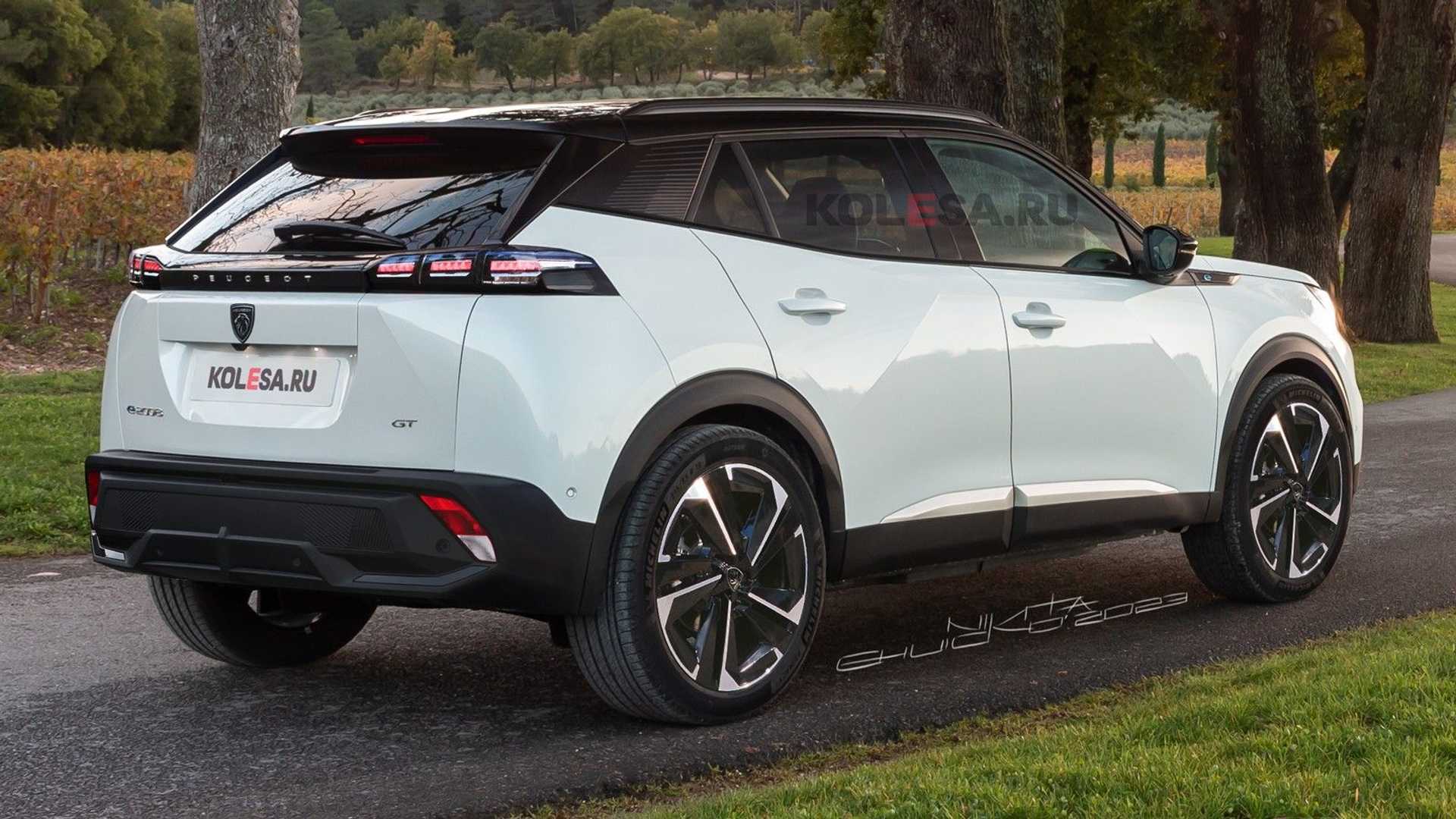
-
Internal Engine Modifications (Moderate Gains: 50-150 HP):

- Aftermarket Camshaft: Changes valve lift and duration, optimizing airflow for higher RPMs. Requires complementary valvetrain upgrades.
- Ported Cylinder Heads: Improves airflow into and out of the combustion chambers.
- Stroker Kits: Increases engine displacement (e.g., from 6.1L to 6.4L or 7.0L/426/440 cubic inches) by using a longer-stroke crankshaft, connecting rods, and pistons. This significantly boosts torque and horsepower.
-
Forced Induction (Significant Gains: 150-400+ HP): This is where power truly escalates.
- Superchargers: These mechanically driven compressors (e.g., centrifugal, Roots, twin-screw) force more air into the engine. A typical supercharger kit can elevate output to 600-800+ HP with supporting mods.
- Turbochargers: Exhaust-gas driven turbines that force air into the engine. Twin-turbo setups are common for higher power goals. Turbos generally offer higher peak power potential than superchargers but can have more lag.
-
Fuel System Upgrades: As horsepower increases, so does the demand for fuel. Larger fuel injectors, upgraded fuel pumps, and sometimes a dedicated fuel system are essential.
-
Drivetrain Reinforcements: The stock transmission and driveline components have limits. For significant power increases, upgrading the transmission (e.g., a heavily modified NAG1 or a swap to a more robust transmission like a built 4L80E), stronger axles, driveshafts, and differential components become crucial to prevent catastrophic failure.
Achieving 1200 HP: The Ultimate Transformation
Reaching the extraordinary benchmark of 1200 horsepower in a 2008 Jeep Grand Cherokee SRT8 is not merely an upgrade; it’s a complete, top-to-bottom transformation of the vehicle. This level of power pushes the boundaries of what’s possible for a street-driven SUV and typically involves:
- Fully Built Forged Engine: The stock 6.1L HEMI internals (pistons, connecting rods, crankshaft) cannot reliably withstand 1200 HP. A full rebuild with forged, high-strength components is mandatory. This often includes a stroker kit (e.g., 426 or 440 cubic inches) to increase displacement and strength.
- Massive Forced Induction: This will be the primary source of power. Options include:
- Large Twin-Turbo System: Custom-fabricated manifolds, large turbochargers, oversized intercoolers, and dedicated plumbing.
- High-Boost Supercharger: While less common for 1200 HP in a HEMI compared to turbos, specialized, high-volume superchargers (e.g., 4.0L+ Whipple or similar) can achieve this, often requiring very high boost pressures.
- Race-Spec Fuel System: Multiple high-flow fuel pumps, massive fuel injectors, upgraded fuel lines, and often a flex-fuel setup (E85) to take advantage of its higher octane and cooling properties.
- Heavy-Duty Transmission: The stock NAG1 transmission, even if built, is typically not robust enough for sustained 1200 HP. Common solutions include:
- Highly Modified NAG1: With upgraded clutches, shafts, and valve bodies, often managed by a standalone transmission controller.
- Conversion to a Different Transmission: Such as a heavily built 4L80E (GM transmission adapted for the HEMI) or a custom sequential gearbox for drag racing.
- Reinforced Drivetrain: Every component downstream of the engine needs to be upgraded:
- Custom, heavy-duty driveshafts (front and rear).
- Upgraded transfer case (e.g., modified NV146 or a stronger unit).
- Stronger front and rear differentials with upgraded axles (e.g., custom 300M axles).
- Extensive Cooling System: Larger radiators, auxiliary heat exchangers for the forced induction system, upgraded oil coolers, and potentially transmission fluid coolers are essential to manage the immense heat generated.
- Advanced Engine Management & Tuning: A standalone engine control unit (ECU) or a highly advanced custom tune on the factory ECU (if possible) is critical. This requires an expert tuner with significant experience in high-horsepower HEMI builds.
- Chassis and Suspension Upgrades: While not directly contributing to HP, these are necessary to handle and launch the power. This includes upgraded coilovers, control arms, and potentially roll cages for safety at high speeds.
Achieving 1200 HP is an incredibly expensive and complex endeavor, often costing well into the tens of thousands, if not over $100,000, beyond the vehicle’s initial purchase price. It transforms the SRT8 into a specialized performance machine, often geared towards drag racing or extreme street performance, and typically sacrifices daily drivability and long-term reliability for sheer power.
Important Considerations for High-Horsepower Builds
Embarking on a high-horsepower journey with an SRT8 requires careful planning and a realistic understanding of the implications:
- Reliability vs. Power: There’s an inverse relationship. The higher the horsepower, the more frequently components will need maintenance or replacement. A 1200 HP vehicle will not have the same reliability as a stock one.
- Cost: Beyond the major components, consider the cost of labor, specialized tools, dyno tuning, and unforeseen issues. Budget for contingencies.
- Drivetrain Limitations: The stock AWD system and transmission are weak points above 600-700 HP. Reinforcing the entire drivetrain is paramount.
- Fuel System Adequacy: Inadequate fuel delivery is a common cause of engine failure in boosted applications.
- Cooling: High power generates immense heat. Overheating can quickly destroy an engine.
- Tuning is King: A proper, professional tune is non-negotiable. A bad tune can lead to catastrophic engine failure, even with the best components.
- Maintenance: Expect more frequent oil changes, checks of all fluids, and inspection of high-stress components.
- Legality and Emissions: Be aware of local regulations regarding exhaust noise, emissions, and vehicle modifications.
- Driving Dynamics: More power doesn’t always mean a better driving experience. The vehicle’s handling, braking, and overall balance will be significantly altered. Upgrading these areas in parallel is crucial.
Tips for SRT8 Owners and Enthusiasts
- Start with a Solid Baseline: Ensure your SRT8 is in excellent mechanical condition before adding power. Address any existing maintenance issues.
- Research Reputable Shops/Tuners: For significant power upgrades, professional installation and tuning by experienced specialists in HEMI platforms are essential. Ask for references and view their work.
- Set Realistic Goals: Understand what level of power you truly need and what your budget allows. Incremental upgrades are often a safer and more manageable approach.
- Budget for Supporting Mods: Don’t just focus on engine power. Allocate funds for upgraded brakes, suspension components, and drivetrain reinforcements that can handle the increased output.
- Join Enthusiast Communities: Online forums and local car clubs dedicated to SRT8s are invaluable resources for advice, shared experiences, and finding reputable parts/services.
- Prioritize Safety: High-horsepower vehicles demand respect. Consider upgraded tires and brakes to match the newfound speed. For track use, safety equipment like roll bars and racing seats may be necessary.
Estimated Costs for 2008 Jeep Grand Cherokee SRT8 Performance Upgrades
Please note: These are estimated cost ranges for parts and professional installation (where applicable). Prices can vary significantly based on brand, labor rates, and specific components chosen. This table focuses on adding performance, not the initial purchase price of the vehicle.
| Upgrade Level / Target HP | Key Modifications | Estimated Cost Range (USD) | Notes/Expected Gain |
|---|

